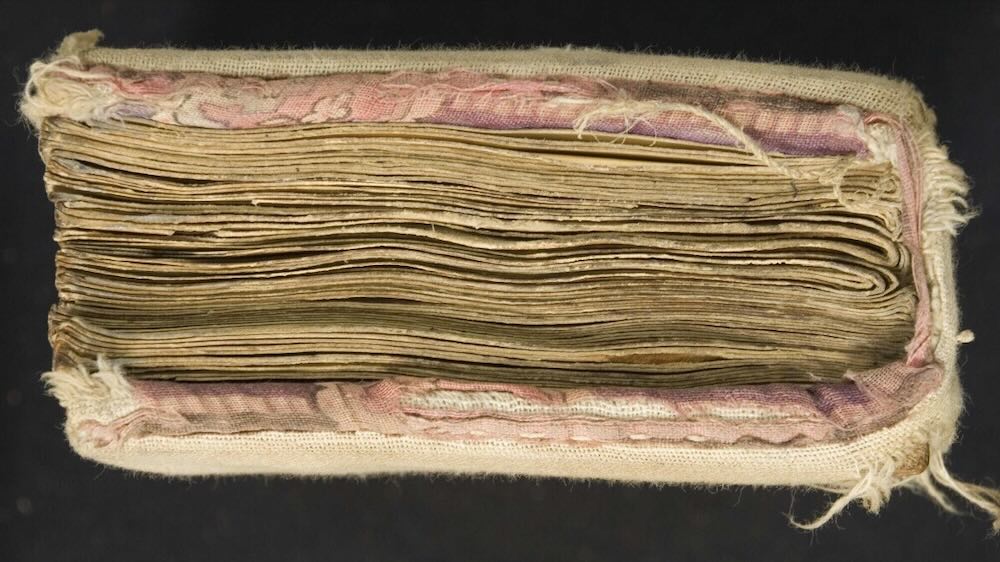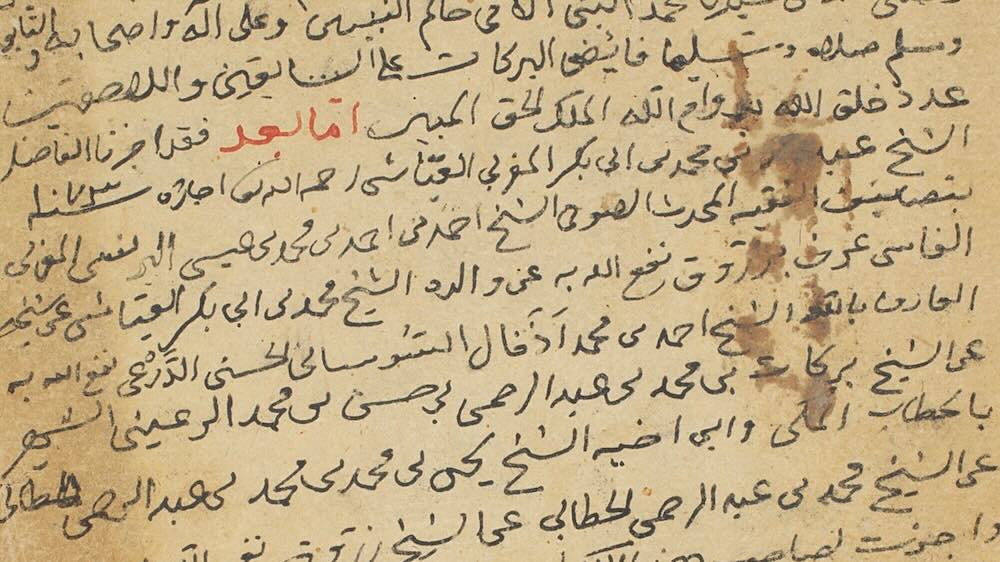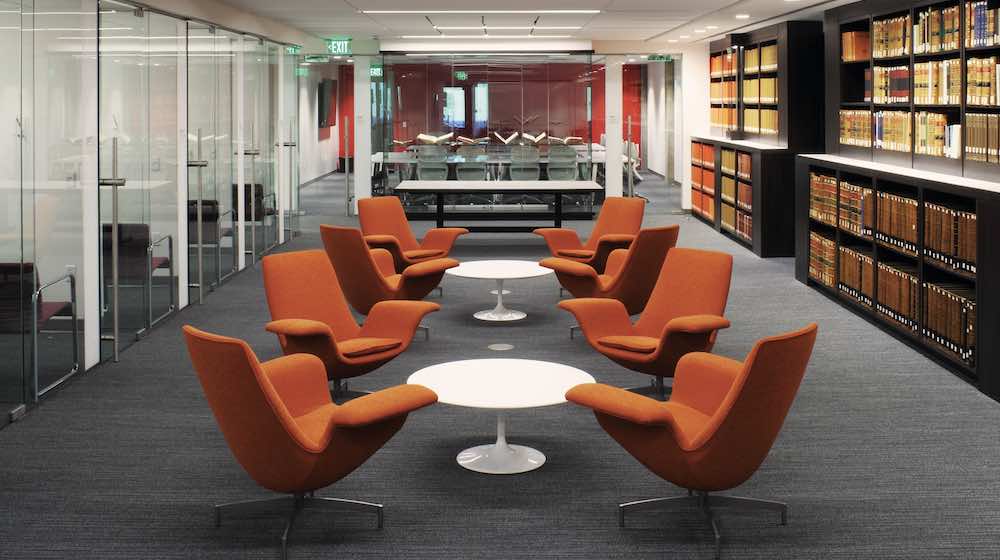Where We’re Working: Sarajevo
Where We’re Working: Sarajevo
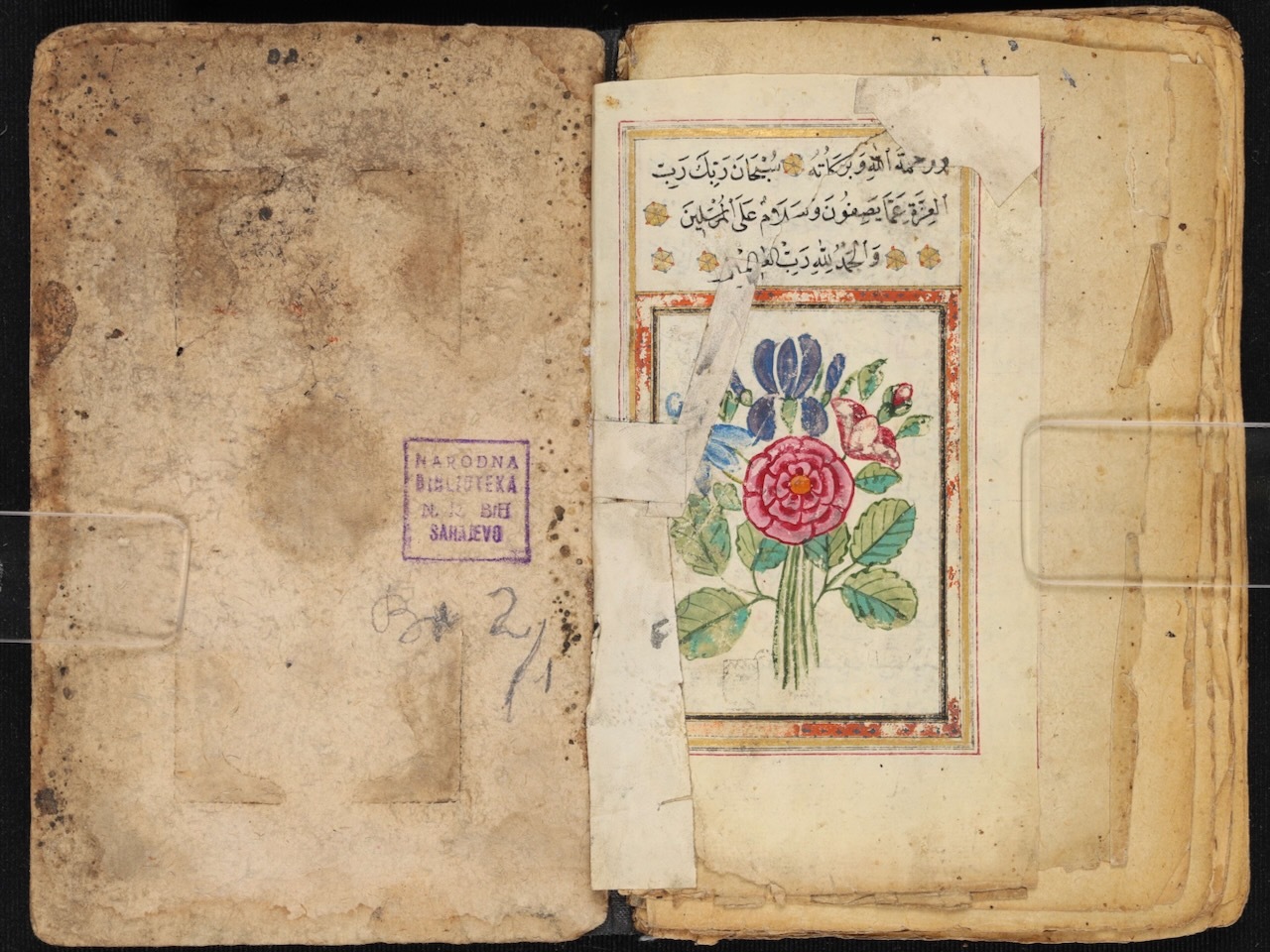
The 1990s were chaotic and violent in the Balkan federation then known as Yugoslavia. The constituent republics successively declared independence, breaking apart the federation just as the republics that made up the Soviet Union were doing the same.
For centuries, the region had been a composite of different ethnicities and religions with historic ties to the Catholics of Austria and Italy (Slovenes and Croats), the Eastern Orthodox of the Slavic countries (Serbs), and the Muslims of the Ottoman Empire (Bosniaks and Kosovar Albanians). The countries that emerged in the 1990s were home to mixed populations and, in the decade that followed, they endured war and violent efforts to displace and to efface specific communities.
Among the horrible events of this period was the four-year siege of Sarajevo, the capital of Bosnia and Herzegovina, by Serb forces from April 1992 to February 1996. Constant shelling from the hills controlled by Serbs and the ever-present threat from snipers made normal existence impossible.
In the early months of the siege, several of the libraries of Sarajevo were reduced to ashes. Widely-shared photographs showed the burned-out ruin of the National and University Library of Bosnia and Herzegovina (NULBH). That library, housed in the city hall (Vijećnica), contained a range of public resources including special collections that vividly reflected the multiethnic, multicultural, and multiconfessional nature of Bosnia and Herzegovina over the centuries.
The historic building and most of the printed books and manuscripts of the NULBH were destroyed by incendiary grenades and shelling that started on the night of August 25, 1992. Librarians and volunteers did their best to move books to safety, even amidst the flames. One of the librarians, Aida Buturović, was killed by a sniper. A resident of Sarajevo spoke of the charred fragments of printed and handwritten books falling from the sky like autumn leaves, “only much sadder.” Their heroic efforts saved a significant part of the NULBH’s Islamic manuscript collection—more than 800 volumes written in Arabic, Turkish, Persian, and Bosnian.
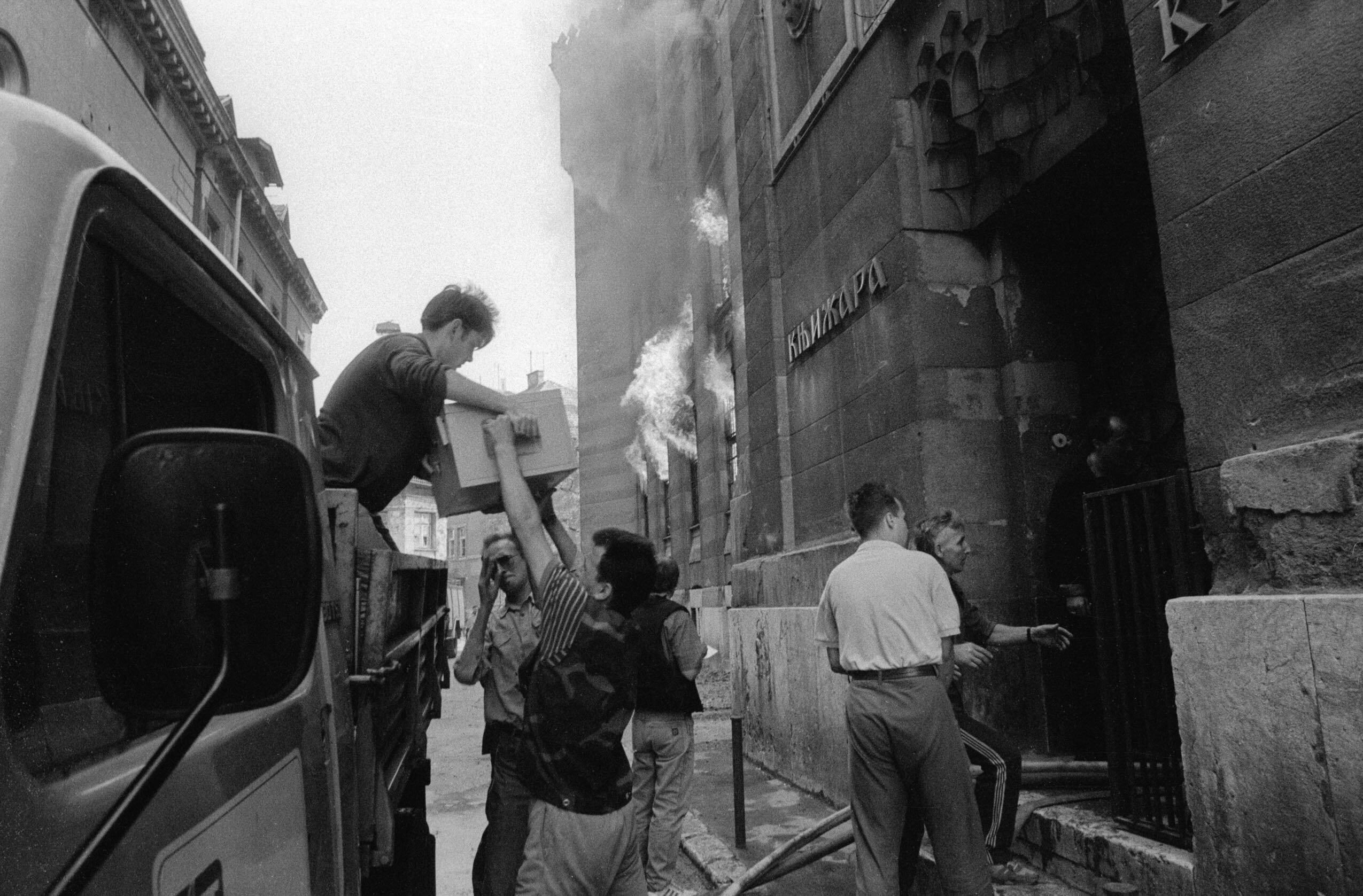
In the summer of 2023, I traveled to Sarajevo with Walid Mourad (longtime HMML field director) and Fr. Ivan Nujić, OFM (a Bosnian Franciscan friar working with HMML in the region) to meet with NULBH leadership and discuss their needs. A demonstration for their librarians of HMML Reading Room and HMML Authority File helped convince them to work with us on a project to digitize their Islamic manuscript collection. While we were there, the librarians showed us a memorial to their slain predecessor, Aida Buturović, whose great bravery in saving manuscripts from destruction made future projects with the collection possible.
HMML’s work began in March 2024. A few months later, the first hard drive of images arrived at HMML’s office in Minnesota for archiving and cataloging; these manuscripts are already available online in HMML Reading Room. There are many more to come. The existence of a recent printed catalog of the collection is accelerating the pace of making the manuscripts available to researchers, though these descriptions require adaptation to HMML cataloging rules and standards.
The collection spans the usual range of Islamic learning, with Qur’ans, commentaries on the Qur’an, legal texts, writings on ethics and philosophy, dogmatic and polemical works, prayer books, and treatises on mysticism. Alongside these religious texts are grammars and dictionaries as well as books on history, geography, astronomy, mathematics, medicine, and divination. There are more than 1,300 individual works in the 840 volumes being digitized.
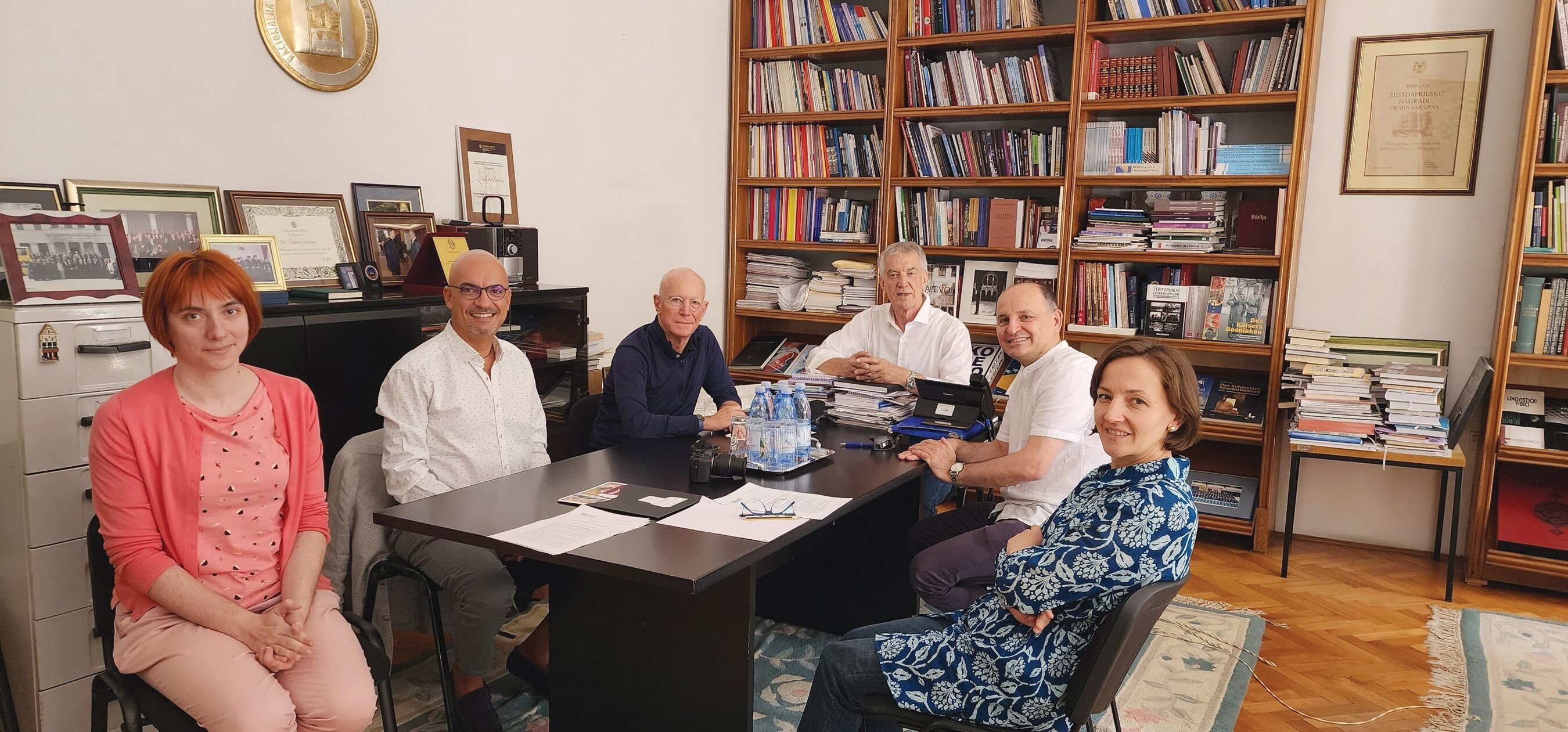
HMML’s project with the NULBH is part of a larger effort to digitize collections across the nations of the former Yugoslavia. So far, this includes partnerships with Catholic libraries, Serbian Orthodox collections, and an archival project in Montenegro that preserves the history of the Venetian trading port of Kotor. Gathering these different traditions into HMML Reading Room will provide a look at the historic tapestry of Balkan identities and, we hope, contribute to understanding that leads to reconciliation.
Further Reading:
András Riedlmayer, “Killing Memory: the Targeting of Libraries and Archives in Bosnia-Herzegovina,” Newsletter of the Middle East Librarians Association, 61 (Fall 1994), 1.
A version of this story originally appeared in the Winter 2024 issue of HMML Magazine.


